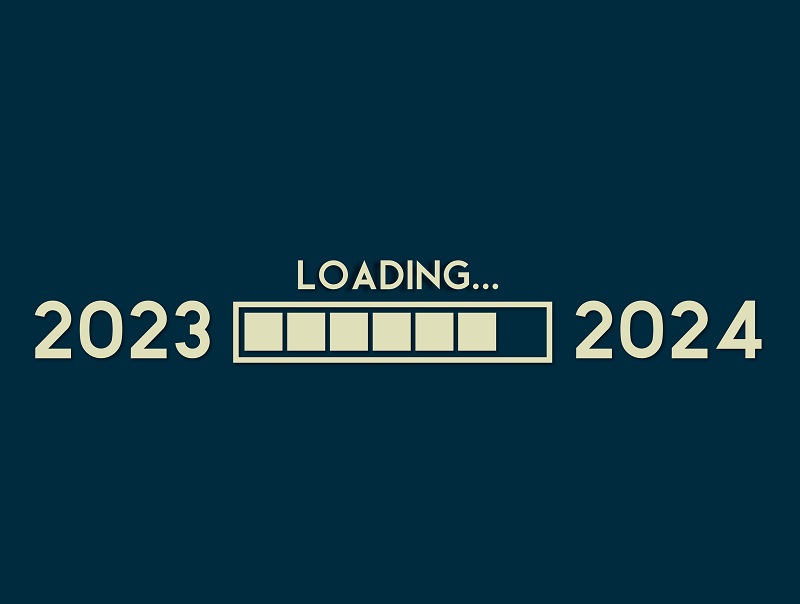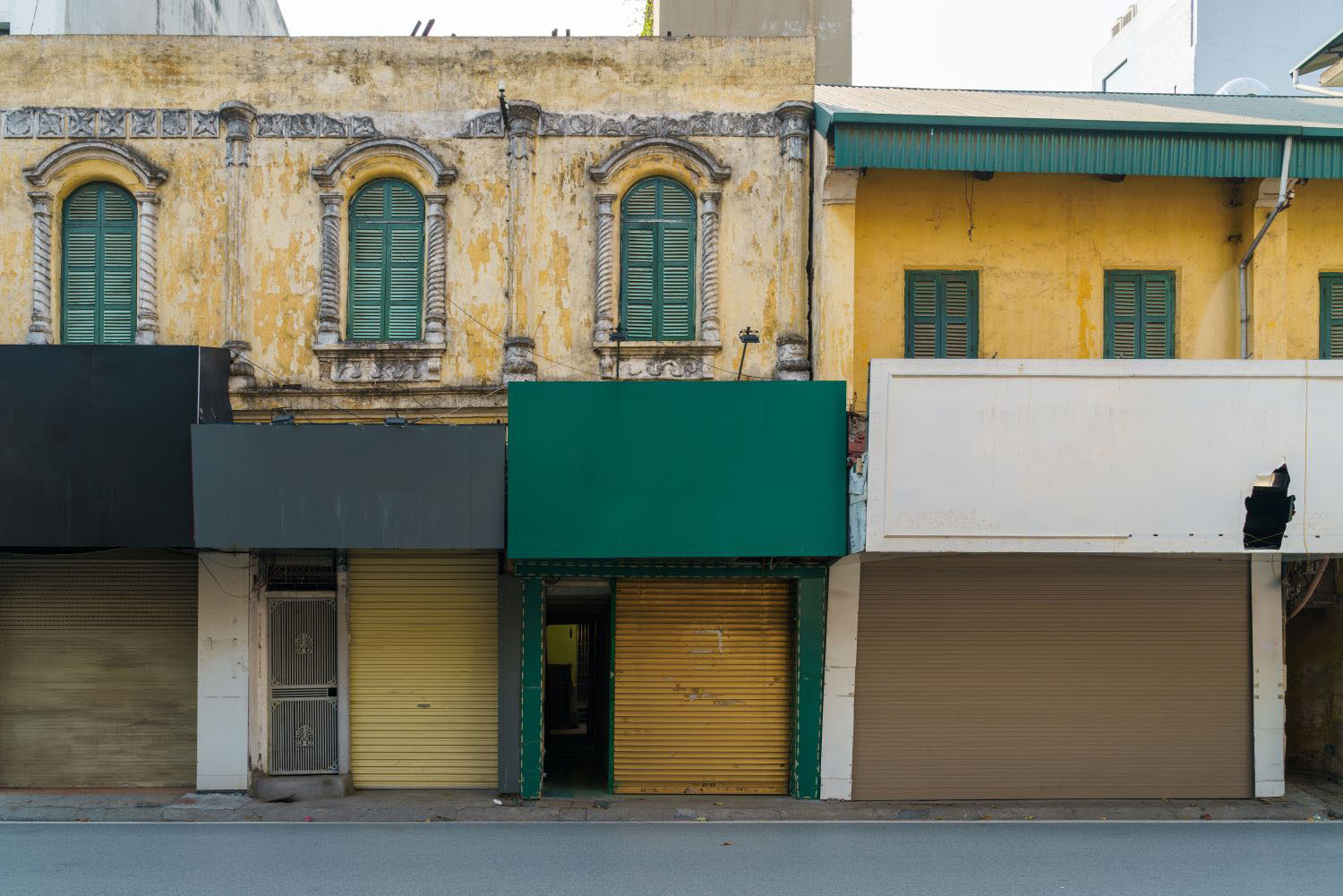Recently the Latin American Shadow Financial Regulatory Committee (CLAAF), over which I preside, held its bi-annual meeting at CGD and issued its 24th statement. Among the CLAAF members that participated were several renowned economists, including Guillermo Calvo, Carmen Reinhart, Pablo Guidotti, Guillermo Ortiz and Roque Fernandez.This time, the Committee advanced several “outside-of the box” recommendations to address a well-known problem: the eruption of bubbles in Latin American financial systems resulting from large capital inflows from developed economies. I am happy to report that the presentation of the statement was very well received and brought about a lively debate, especially on several recommendations that can be considered controversial. Several media organizations from Latin America also covered CLAAF’s statement, and it is notable that they emphasized the most novel recommendations. (Two examples of press coverage in Spanish are hereand here)
Related Content
 Throughout 2010, as the US economy remained sluggish and the European debt crisis remained unresolved and expanded to an increasing number of European countries, Latin America found itself receiving large inflows of capital. These inflows led to rapid appreciation of the region’s currencies and a loss of international competitiveness. In this context, CLAAF issued Statement 23, in which we advanced suggestions to central banks in Latin America on policies to manage the inflows.Now, in the middle of 2011, we notice that the international environment leading to large capital inflows has not changed significantly for Latin America; further, we have no reason to believe that it will change in the near future. Moreover, we realize that policymakers have been implementing a wide variety of policies (many of which are included in our recommendations) without really being able to contain the capital inflows. Worse, these policies are not making a significant dent on the formation of bubbles in credit and stock markets that these inflows are inducing.Thus, in our latest statement, we reassessed our views and concluded that Latin American policymakers need to take a much bolder approach. The region is not living through normal times: the rapid growth of capital inflows and the current exceedingly high commodity prices, while continuing over the short term, will not last forever. Thus, our proposed recommendations are unconventional and we would not be advocating them if Latin America were not in a situation where more conventional policies would likely prove effective.While the reader can go through our suggested list, I want to emphasize two of them here.
Throughout 2010, as the US economy remained sluggish and the European debt crisis remained unresolved and expanded to an increasing number of European countries, Latin America found itself receiving large inflows of capital. These inflows led to rapid appreciation of the region’s currencies and a loss of international competitiveness. In this context, CLAAF issued Statement 23, in which we advanced suggestions to central banks in Latin America on policies to manage the inflows.Now, in the middle of 2011, we notice that the international environment leading to large capital inflows has not changed significantly for Latin America; further, we have no reason to believe that it will change in the near future. Moreover, we realize that policymakers have been implementing a wide variety of policies (many of which are included in our recommendations) without really being able to contain the capital inflows. Worse, these policies are not making a significant dent on the formation of bubbles in credit and stock markets that these inflows are inducing.Thus, in our latest statement, we reassessed our views and concluded that Latin American policymakers need to take a much bolder approach. The region is not living through normal times: the rapid growth of capital inflows and the current exceedingly high commodity prices, while continuing over the short term, will not last forever. Thus, our proposed recommendations are unconventional and we would not be advocating them if Latin America were not in a situation where more conventional policies would likely prove effective.While the reader can go through our suggested list, I want to emphasize two of them here. The first is the implementation of explicit limits on banks’ credit growth. We would not recommend this policy in normal times because we believe in avoiding unnecessary interference from the government in the activities of the private sector. However, drawing on the experiences and analyses of some of the CLAAF members, it can be shown (see here and here) that excessive growth of credit (well beyond what is justified by long-term economic fundamentals) is a major factor behind banking crises. While we strongly support indirect mechanisms to control excessive credit growth (such as counter-cyclical capital and provisioning requirements), we also think that they might be insufficient on their own. Therefore, a more direct and forceful approach is what is now needed.A second recommendation calls for the implementation of supplemental liquidity requirements on branches and subsidiaries of foreign banks in the event that conditions affecting their parent offices are subject to a significant, adverse change. This recommendation may appear unfamiliar to Latin American policymakers, but the truth of the matter is that this practice has been followed in the United States in the past. In particular, at the time of the Korean banking crisis in 1997, U.S. regulators insisted that subsidiaries of banks from Korea operating in the United States had sufficient short-term liquidity to cover short-term liabilities to U.S. residents.Thus, our recommendations in this statement, while they may appear novel to policymakers in Latin America, are rooted in a serious analysis of policies that can work in the current serious, but not yetdesperate, situation.
The first is the implementation of explicit limits on banks’ credit growth. We would not recommend this policy in normal times because we believe in avoiding unnecessary interference from the government in the activities of the private sector. However, drawing on the experiences and analyses of some of the CLAAF members, it can be shown (see here and here) that excessive growth of credit (well beyond what is justified by long-term economic fundamentals) is a major factor behind banking crises. While we strongly support indirect mechanisms to control excessive credit growth (such as counter-cyclical capital and provisioning requirements), we also think that they might be insufficient on their own. Therefore, a more direct and forceful approach is what is now needed.A second recommendation calls for the implementation of supplemental liquidity requirements on branches and subsidiaries of foreign banks in the event that conditions affecting their parent offices are subject to a significant, adverse change. This recommendation may appear unfamiliar to Latin American policymakers, but the truth of the matter is that this practice has been followed in the United States in the past. In particular, at the time of the Korean banking crisis in 1997, U.S. regulators insisted that subsidiaries of banks from Korea operating in the United States had sufficient short-term liquidity to cover short-term liabilities to U.S. residents.Thus, our recommendations in this statement, while they may appear novel to policymakers in Latin America, are rooted in a serious analysis of policies that can work in the current serious, but not yetdesperate, situation.Disclaimer
CGD blog posts reflect the views of the authors, drawing on prior research and experience in their areas of expertise. CGD is a nonpartisan, independent organization and does not take institutional positions.




